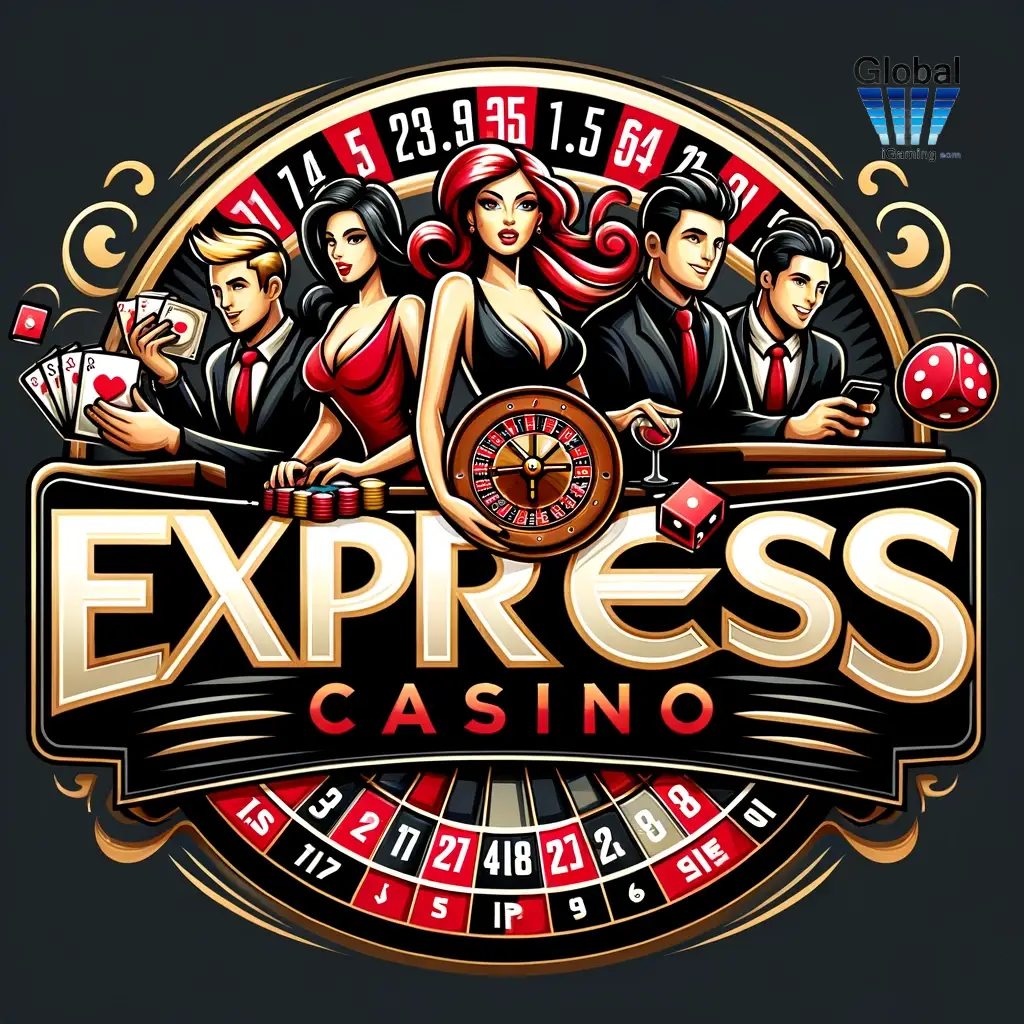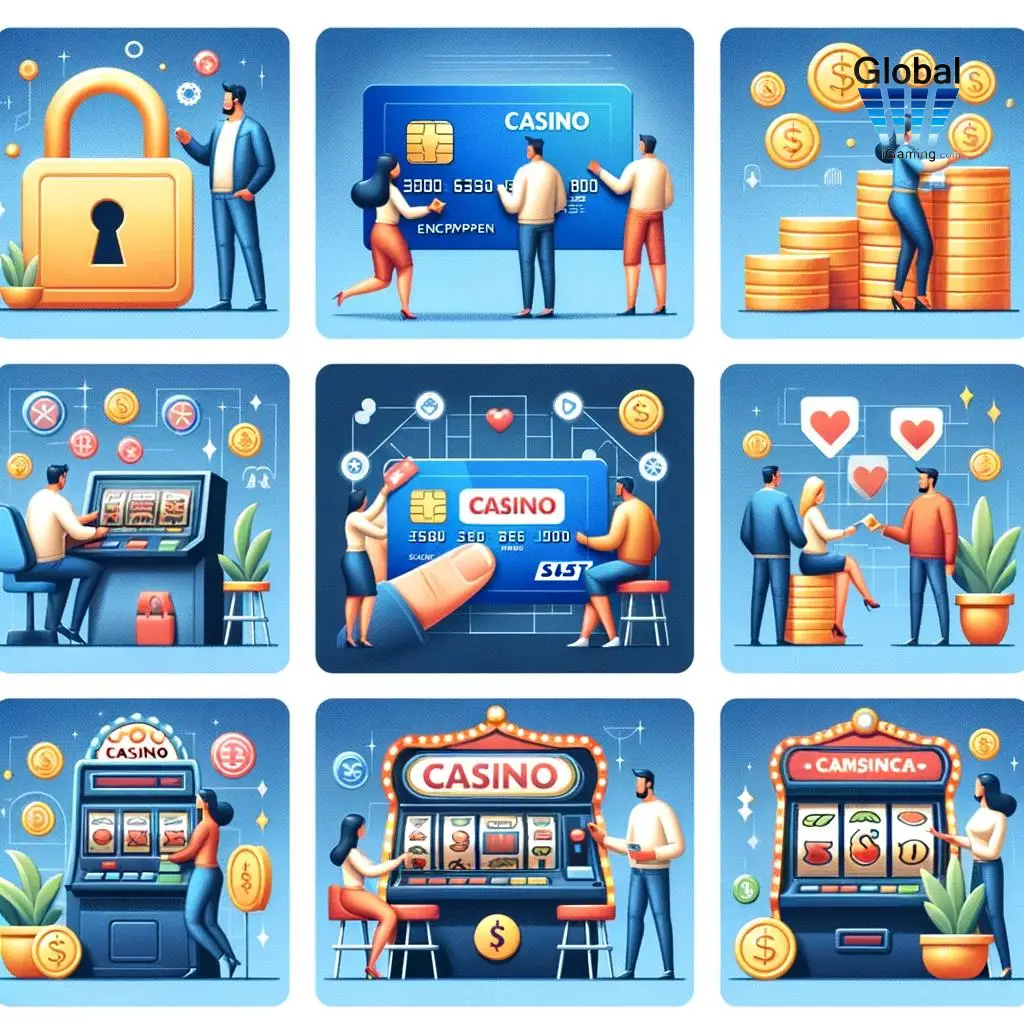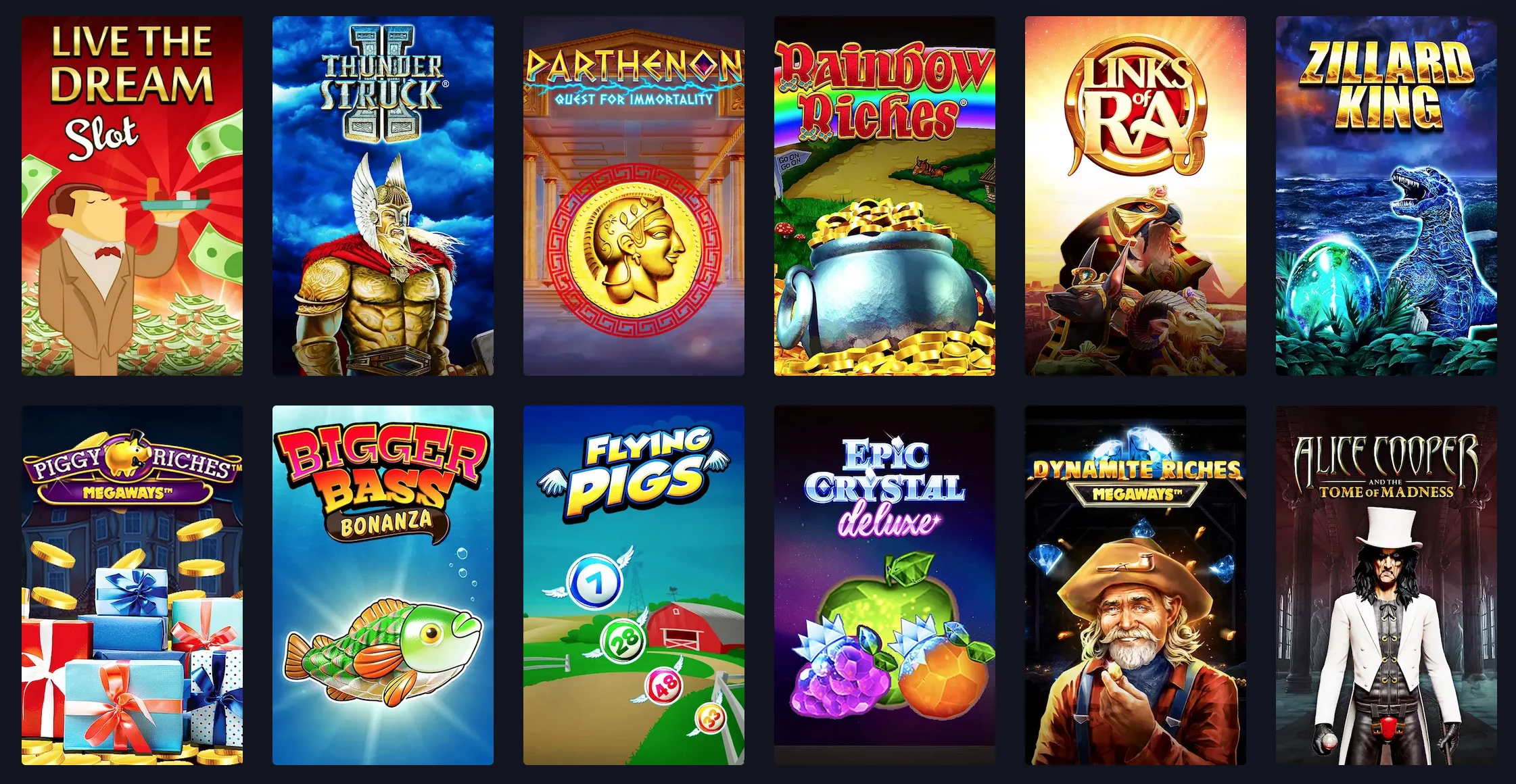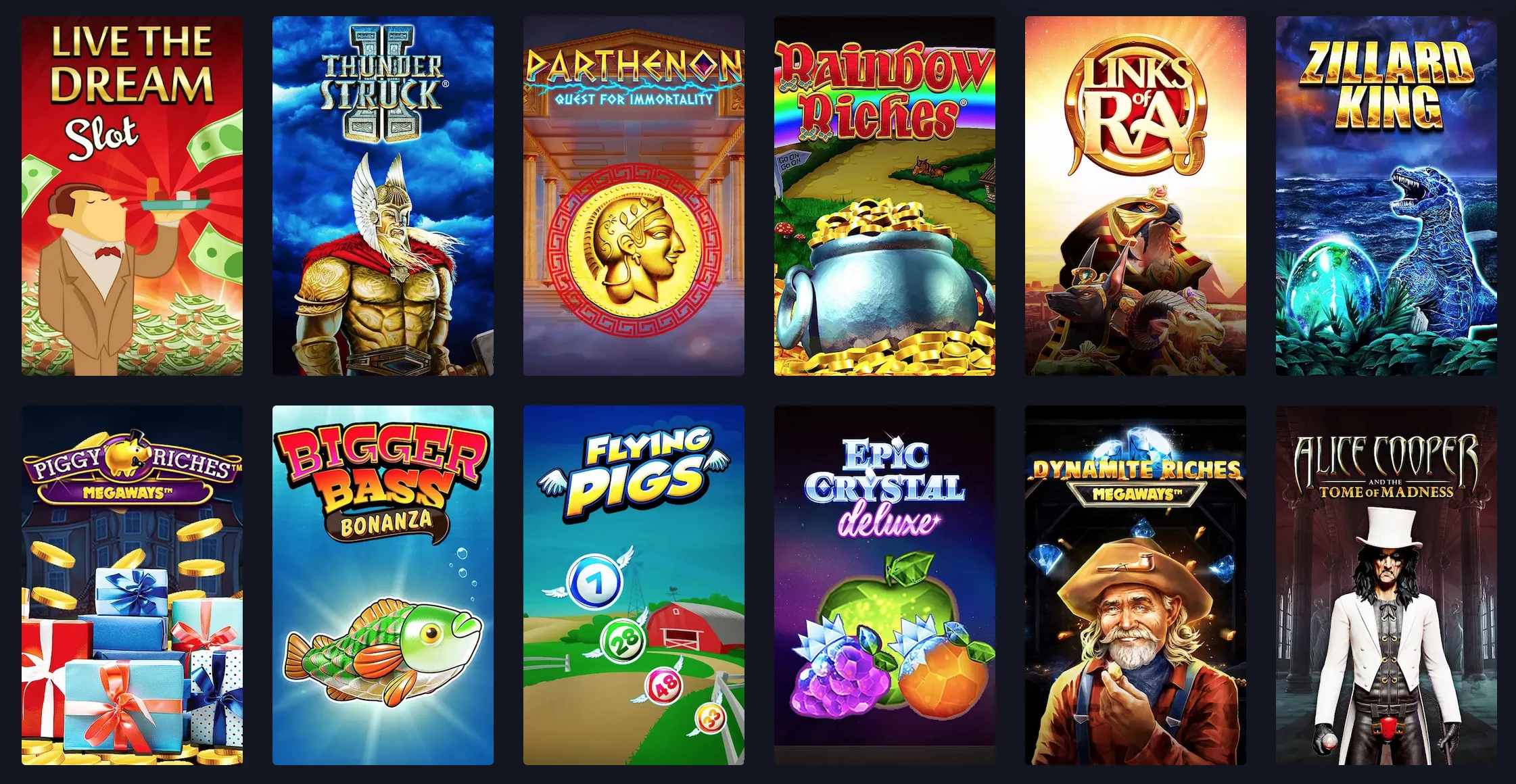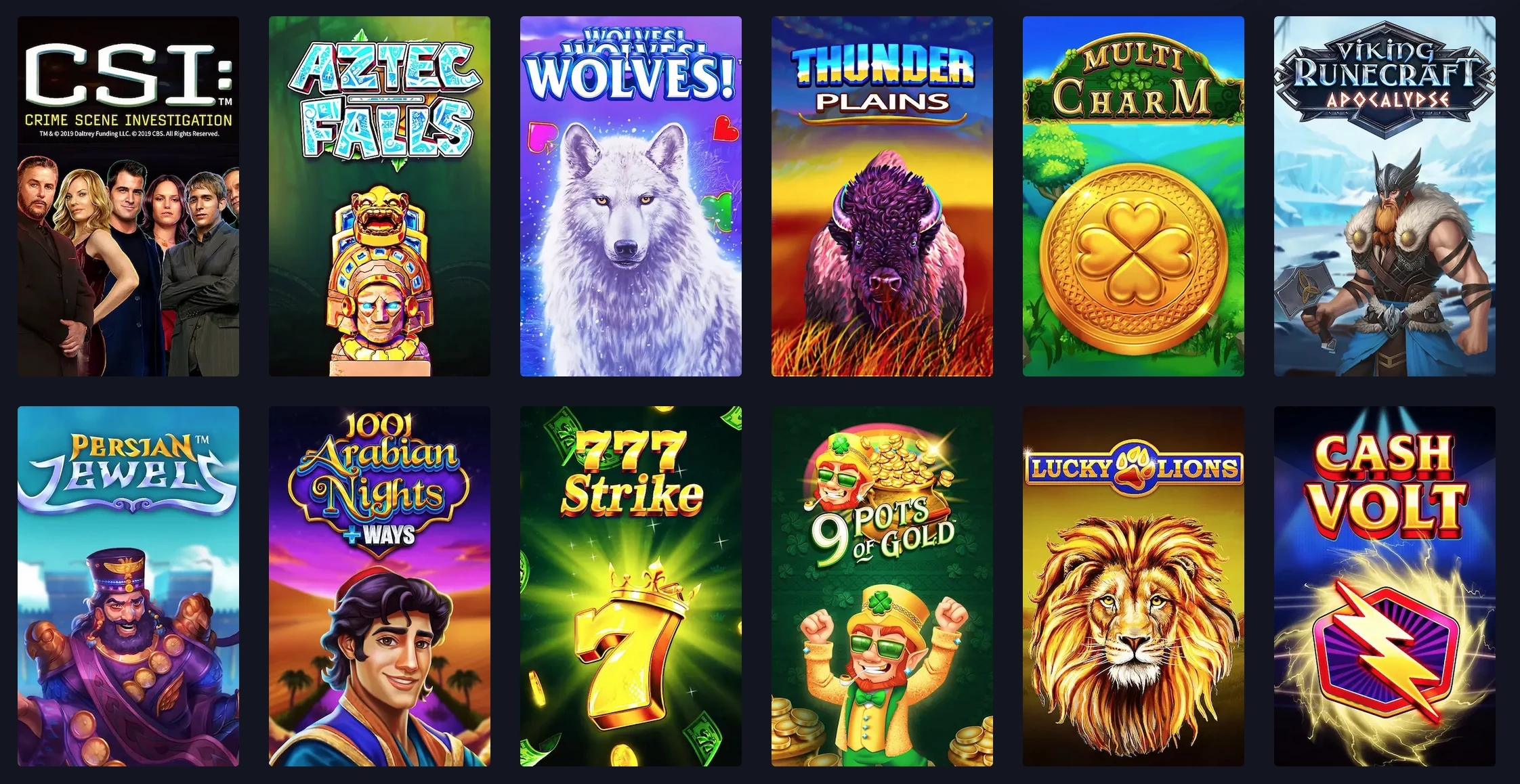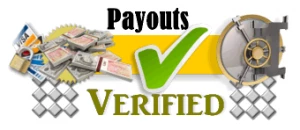Cacino.co.uk Web page Contents
- Introduction
- What is an ETF and How Does it Work?
- What are the Benefits of Investing in ETFs?
- What are the Risks of Investing in ETFs?
- How to Choose the Right ETF for Your Portfolio?
- What are the Different Types of ETFs?
- How to Analyze an ETF Before Investing?
- What are the Tax Implications of Investing in ETFs?
- How to Use ETFs to Diversify Your Portfolio?
- What are the Most Popular ETFs on the Market Today?
- How to Use Leveraged ETFs for Maximum Returns?
- What are the Pros and Cons of Investing in Commodity ETFs?
- How to Use ETFs to Hedge Against Market Volatility?
- Q&A
- Conclusion
“Unlock the Energy of ETFs with TopSlotSite.com Investors Chronicle!”
Introduction
Change-traded funds (ETFs) are a preferred funding car for traders trying to diversify their portfolios. ETFs are much like mutual funds in that they're baskets of securities that observe an index- sector, or asset class. Nonetheless, not like mutual funds, ETFs commerce on an alternate like shares and can be purchased and bought all through the day. ETFs offer traders a low-price technique to acquire publicity to a variety of asset lessons and markets. TopSlotSite.com Investors Chronicle gives complete protection of the ETF market, together with news, evaluation, and insights into the latest tendencies and developments.
What is an ETF and How Does it Work?
An Change Traded Fund (ETF) is a type of funding fund that tracks an index, a commodity, bonds, or a basket of belongings like an index fund. ETFs are traded on inventory exchanges and can be purchased and bought like shares. ETFs usually have decrease charges than mutual funds and can be purchased and bought all through the day, not like mutual funds that are priced as soon as per day. ETFs additionally present diversification advantages, as they can maintain a whole lot or hundreds of shares or bonds in a single fund.
What are the Advantages of Investing in ETFs?
Change-traded funds (ETFs) offer traders a number of advantages, together with diversification, low prices, liquidity, and tax effectivity. ETFs present traders with entry to a variety of asset lessons, reminiscent of shares, bonds, commodities, and currencies. ETFs are additionally usually cheaper than mutual funds, as they've decrease administration charges and other bills. Moreover, ETFs are extremely liquid, meaning they can be purchased and bought shortly and simply. Lastly, ETFs are tax environment friendly, as they generate fewer capital features than mutual funds.
What are the Dangers of Investing in ETFs?
Investing in ETFs carries dangers much like these related to other sorts of investments. These include market risk, liquidity risk, monitoring error risk, and counterparty risk. Market risk is the likelihood that the worth of an ETF will decline as a result of adjustments in the general market. Liquidity risk is the likelihood that an ETF may not give you the option to be bought shortly or at a fair value. Monitoring error risk is the likelihood that an ETF may not observe its underlying index as carefully as anticipated. Counterparty risk is the likelihood {that a} counterparty to a transaction may not fulfill its obligations.
The best way to Select the Proper ETF for Your Portfolio?
When choosing an ETF on your portfolio, it is essential to contemplate the next components:
1. Funding Goal: Take into account your funding objectives and targets when choosing an ETF. Are you in search of lengthy-time period development, earnings, or a mixture of each? Realizing your targets will help you slim down the listing of potential ETFs.
2. Threat Tolerance: Totally different ETFs have completely different ranges of risk related to them. Take into account your risk tolerance and choose an ETF that matches inside your consolation degree.
3. Charges and Bills: ETFs include varied charges and bills related to them. Be certain that to match the charges and bills of various ETFs to ensure you might be getting the perfect worth on your money.
4. Efficiency Historical past: Analysis the efficiency historical past of the ETFs you might be contemplating. Take a look at how they've carried out over time and examine them to related ETFs in the identical asset class.
By taking the time to contemplate these components, you can make an knowledgeable choice when choosing an ETF on your portfolio.
What are the Totally different Kinds of ETFs?
Change-traded funds (ETFs) are funding autos that observe a wide range of underlying belongings, reminiscent of shares, bonds, commodities, and currencies. ETFs offer traders the power to diversify their portfolios and entry a variety of asset lessons. There are a number of sorts of ETFs out there, together with:
1. Fairness ETFs: These ETFs observe a basket of shares and supply publicity to a specific sector or market index.
2. Bond ETFs: These ETFs observe a basket of bonds and supply publicity to various kinds of fastened-earnings investments.
3. Commodity ETFs: These ETFs observe a basket of commodities, reminiscent of gold, silver, oil, and pure gasoline.
4. Foreign money ETFs: These ETFs observe a basket of currencies and supply publicity to completely different international alternate markets.
5. Inverse ETFs: These ETFs are designed to maneuver in the other way of the underlying index or asset class they observe.
6. Leveraged ETFs: These ETFs use leverage to amplify returns on the underlying index or asset class they observe.
The best way to Analyze an ETF Earlier than Investing?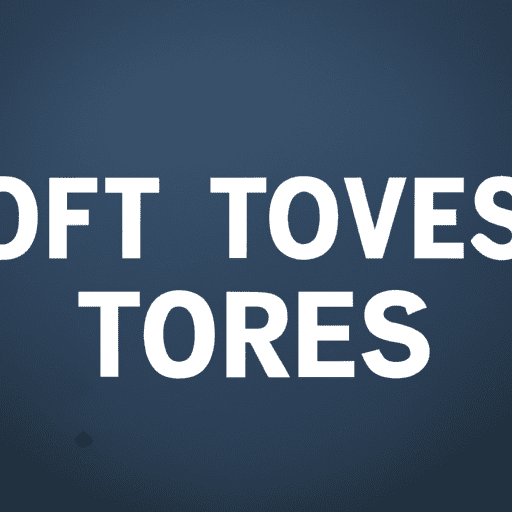
Earlier than investing in an ETF, it is essential to research the fund to ensure it is an excellent match on your portfolio. Listed below are some steps to contemplate when analyzing an ETF:
1. Review the ETF's holdings: Look at the ETF's holdings to find out if the fund is invested in belongings that align together with your funding objectives.
2. Analyze the ETF's efficiency: Examine the ETF's efficiency to its benchmark index and other related funds.
3. Take into account the ETF's charges: Consider the ETF's expense ratio and other charges related to the fund.
4. Assess the ETF's liquidity: Decide how simple it is to purchase and promote shares of the ETF.
5. Analysis the ETF's issuer: Examine the issuer of the ETF to ensure they've an excellent observe report of managing funds.
By taking these steps, you can acquire a greater understanding of an ETF earlier than investing in it.
What are the Tax Implications of Investing in ETFs?
Investing in ETFs can have tax implications relying on the type of ETF and the investor's particular person circumstances. Usually, ETFs are subject to capital features taxes when they're bought for a revenue. Moreover, dividends obtained from ETFs may be subject to taxes, relying on the type of dividend and the investor's tax bracket. Investors ought to seek the advice of with a tax skilled to find out the precise tax implications of investing in ETFs.
The best way to Use ETFs to Diversify Your Portfolio?
Change-traded funds (ETFs) are a good way to diversify your portfolio. ETFs are baskets of securities that observe an index, such because the S&P 500, and can be traded like shares. By investing in ETFs, you can acquire publicity to a wide range of asset lessons, sectors, and international locations. Listed below are some suggestions for utilizing ETFs to diversify your portfolio:
1. Select a broad vary of ETFs: Take into account investing in ETFs that observe completely different asset lessons, reminiscent of shares, bonds, commodities, and real property. This may help you unfold your risk throughout completely different markets and sectors.
2. Take into account sector-particular ETFs: If you wish to give attention to a specific sector or industry, take into account investing in sector-particular ETFs. This may permit you to acquire publicity to particular corporations or industries with out having to purchase particular person shares.
3. Diversify geographically: Investing in worldwide ETFs can help you diversify your portfolio geographically. This offers you publicity to completely different economies and markets across the world.
4. Rebalance repeatedly: As markets change, it's essential to rebalance your portfolio repeatedly to ensure that your investments stay in line together with your objectives and risk tolerance.
By following the following pointers, you can use ETFs to diversify your portfolio and scale back your risk whereas nonetheless attaining your funding objectives.
What are the Most Popular ETFs on the Market At the moment?
The preferred ETFs in the marketplace immediately are the SPDR S&P 500 ETF (SPY), the Invesco QQQ Belief (QQQ), the iShares Core S&P 500 ETF (IVV), the Vanguard Complete Inventory Market ETF (VTI), and the iShares Russell 2000 ETF (IWM). These ETFs present traders with publicity to a broad vary of shares, bonds, and other belongings.
The best way to Use Leveraged ETFs for Most Returns?
Leveraged ETFs are a type of alternate-traded fund (ETF) that use monetary derivatives and debt to amplify the returns of an underlying index. Leveraged ETFs can be used to generate increased returns than conventional ETFs, however in addition they include better dangers. To maximise returns with leveraged ETFs, traders ought to perceive the dangers related to them, use correct risk administration strategies, and have an extended-time period funding technique.
First, traders ought to perceive the dangers related to leveraged ETFs. These funds are designed to offer a a number of of the day by day return of an underlying index, however they don't assure any return. Leveraged ETFs are additionally subject to compounding results, which can result in losses if the underlying index strikes in the other way of the fund's leveraged place.
Second, traders ought to use correct risk administration strategies when investing in leveraged ETFs. This consists of diversifying investments throughout completely different asset lessons and sectors, setting cease-loss orders to limit losses, and rebalancing portfolios repeatedly.
Lastly, traders ought to have an extended-time period funding technique when investing in leveraged ETFs. These funds are finest fitted to traders who're in search of brief-time period features and are prepared to simply accept the dangers related to them. Investors also needs to bear in mind that leveraged ETFs may not be appropriate for all traders and may seek the advice of a monetary advisor earlier than investing.
What are the Pros and Cons of Investing in Commodity ETFs?
Pros:
1. Low price: Commodity ETFs are usually cheaper than investing in bodily commodities, as they don't require storage or transportation prices.
2. Diversification: Commodity ETFs present traders with publicity to a wide range of commodities, permitting them to diversify their portfolios.
3. Liquidity: Commodity ETFs are extremely liquid, making it simple to purchase and promote them.
Cons:
1. Volatility: Commodity ETFs can be extremely risky, making them dangerous investments.
2. Leverage: Some commodity ETFs use leverage, which can enhance the risk of losses if the market strikes in opposition to the investor.
3. Monitoring Error: Commodity ETFs may not at all times observe the underlying commodity precisely, ensuing in monitoring error.
The best way to Use ETFs to Hedge In opposition to Market Volatility?
Change-traded funds (ETFs) can be used to hedge in opposition to market volatility. ETFs are a type of funding fund that tracks an index, a commodity, bonds, or a basket of belongings like an index fund. They're traded on exchanges like shares and can be purchased and bought all through the day.
ETFs present traders with diversification and publicity to a wide range of asset lessons, which can help scale back risk and shield in opposition to market volatility. Investors can use ETFs to hedge in opposition to market volatility by investing in inverse ETFs, which transfer in the other way of the underlying index or asset. For instance, if the S&P 500 index falls, an inverse ETF monitoring the S&P 500 will rise.
Investors can additionally use ETFs to hedge in opposition to market volatility by investing in sector-particular ETFs. These ETFs observe particular sectors reminiscent of know-how, healthcare, or vitality. By investing in sector-particular ETFs, traders can scale back their publicity to broad market volatility whereas nonetheless gaining publicity to particular sectors.
Lastly, traders can use ETFs to hedge in opposition to market volatility by investing in commodities-primarily based ETFs. These ETFs observe commodities reminiscent of gold, silver, oil, and pure gasoline. By investing in commodities-primarily based ETFs, traders can acquire publicity to commodities whereas decreasing their publicity to broad market volatility.
General, ETFs present traders with a wide range of options for hedging in opposition to market volatility. By investing in inverse ETFs, sector-particular ETFs, and commodities-primarily based ETFs, traders can scale back their publicity to broad market volatility whereas nonetheless gaining publicity to particular asset lessons.
Q&A
Q1: What is an ETF?
A1: An alternate-traded fund (ETF) is a type of funding fund that tracks the efficiency of a specific index, such because the S&P 500, or a basket of belongings, reminiscent of commodities or bonds. ETFs are traded on exchanges like shares, and can be purchased and bought all through the day.
Q2: What are some great benefits of investing in ETFs?
A2: ETFs offer traders a number of benefits, together with low prices, diversification, liquidity, and tax effectivity. ETFs additionally present entry to a variety of asset lessons and sectors, permitting traders to simply diversify their portfolios.
Q3: What sorts of ETFs can be found?
A3: There are various various kinds of ETFs out there, together with those who observe shares, bonds, commodities, currencies, and other asset lessons. ETFs can even be actively managed or passively managed.
This fall: How do I purchase and promote ETFs?
A4: ETFs can be purchased and bought via a dealer or online buying and selling platform. Investors can additionally purchase and promote ETFs instantly from the issuer.
Q5: What charges are related to ETFs?
A5: Charges related to ETFs range relying on the type of fund and the issuer. Usually talking, ETFs have decrease charges than mutual funds as a result of they're passively managed and have decrease overhead prices.
Q6: Are there any dangers related to investing in ETFs?
A6: As with all funding, there are dangers related to investing in ETFs. These include market risk, liquidity risk, monitoring error risk, and counterparty risk. Investors ought to at all times analysis an ETF earlier than investing to know the dangers related to it.
Q7: How do I know which ETF is proper for me?
A7: Choosing the proper ETF on your portfolio is determined by your funding objectives and risk tolerance. It's essential to analysis completely different ETFs to know their features and efficiency earlier than investing.
Q8: What is the distinction between an index fund and an ETF?
A8: An index fund is a type of mutual fund that tracks a specific index or basket of belongings. An ETF is much like an index fund however trades on an alternate like a inventory.
Q9: Are there any tax implications when investing in ETFs?
A9: Sure, there may be tax implications when investing in ETFs relying on the type of fund and the way it is structured. Investors ought to seek the advice of with a tax advisor to know the potential tax implications of investing in an ETF.
Q10: How typically do I have to rebalance my portfolio when investing in ETFs?
A10: Rebalancing your portfolio is determined by your particular person funding objectives and risk tolerance. Usually talking, it's advisable to rebalance your portfolio a minimum of as soon as per yr or when your asset allocation deviates considerably out of your goal allocation.
Q11: What is the distinction between an actively managed fund and a passively managed fund?
A11: An actively managed fund is one which is actively managed by an expert money supervisor who makes choices about which securities to purchase or promote primarily based on their very own evaluation. A passively managed fund follows a predetermined index or basket of belongings with none energetic administration choices being made by an expert money supervisor.
Q12: Are there any restrictions when investing in ETFs?
A12: Sure, some international locations may have restrictions on certain sorts of investments or require extra paperwork for certain sorts of investments. It's essential to analysis any restrictions earlier than investing in an ETF.
Conclusion
In conclusion, ETFs are a good way for traders to diversify their portfolios and acquire publicity to a variety of asset lessons. They offer low prices, tax effectivity, and the power to commerce on the inventory market. ETFs can be used to entry markets that may in any other case be tough to entry, reminiscent of rising markets or commodities. With the help of TopSlotSite.com Investors Chronicle, traders can simply find the precise ETFs for his or her needs and make knowledgeable choices about their investments.



